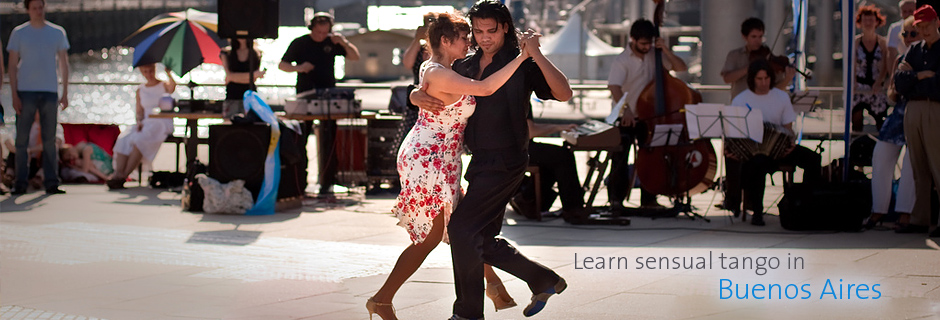
Buenos Aires Travel Guide: Geography & Climate
The Federal District of Buenos Aires lies across 78.3 sq miles (202 sq kilometers) of fertile pampa plains that make up this region of the country bordered by the Atlantic Ocean coast to the west. Home to some three million people who populate the 48 districts (or barrios) of this port city, the remaining 11 million residents live in the surrounding 24 municipalities than make up the metropolis of Greater Buenos Aires, therefore making it one of the ten most populated cities in the world. With one in three Argentines living in Buenos Aires proper, the rapidly modernizing region has always been a desired place to live and visit for natives. However, since main attractions, cultural events, nightlife, etc. are located in the federal district, most tourism is concentrated within this area that only stretches 12 miles (19 k) north to south and 11 miles (17 k) east to west.
Boasting generally mild weather all year long, travelers can visit Buenos Aires virtually any time of year and enjoy an amiable subtropical climate perfect for sight-seeing. The winter season, can get cold but is regulated by the South Atlantic, with the remaining three seasons of spring, summer and fall being a-kin to those of New York City: mild and pleasant with bouts of humid days during the summer. During those hot summer days, porteños escape the city center for cooler areas of the Buenos Aires province, but tourists can take advantage of the lack of crowds during these days. Cold fronts have been known to occur, but rarely, with the most recent 2007 one leaving the city covered in a blanket of snow – something that hadn’t occurred in decades. Rainfall, however, is common during the summer months, with the city receiving an annual rainfall of 900 mm per year.
Buenos Aires Winter
The perfect time to take advantage of Buenos Aires’ café culture, the average temperatures during the winter months (June-August) range from 7°C (45°F) to 17°C (63°F).
Buenos Aires Summer:
The average temperatures for summer (December-February) in this metropolis range from 17°C (63°F) to 30°C (87°F).
Buenos Aires Spring/Fall:
Arguably the best time to visit Buenos Aires, the spring (September-November) and fall (March-May) months boast the perfect climate with highs of 26°C (80°F) and lows of 10°C (50°F)
We do have the lowest prices. We will meet or beat any internet published rates from companies outside Argentina
for
all package tours. All HOTELS and TOURS are based on US standards. No late booking fees.
We have the best testimonials. Our professional and expert staff is at your service and will reply to any request
within 24 hours. While traveling in Argentina you will have access to our local 24/7 emergency number.

